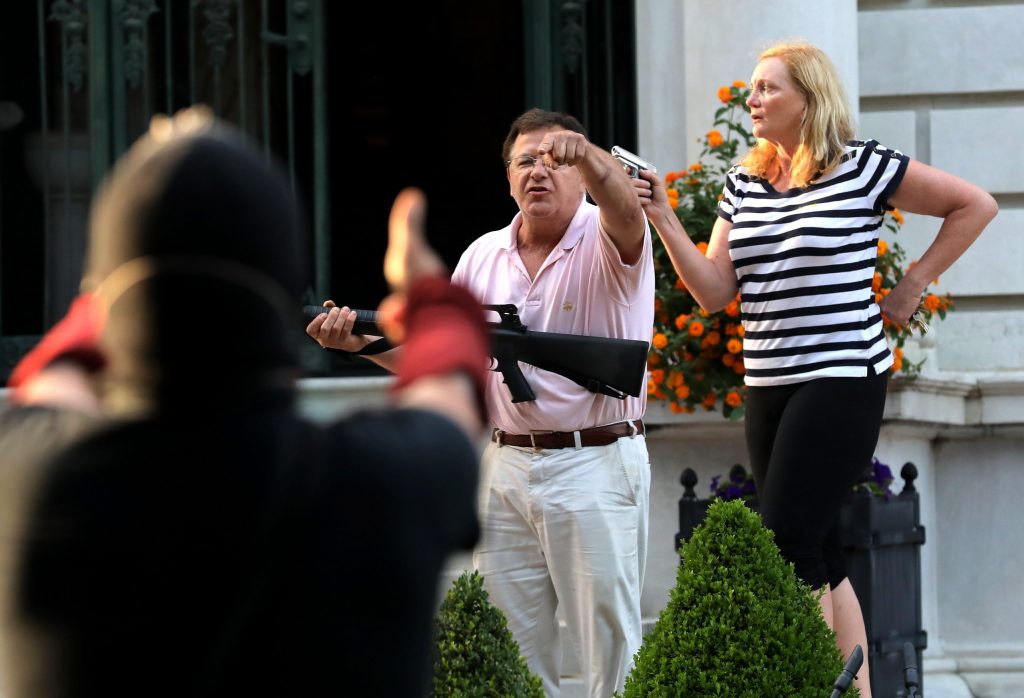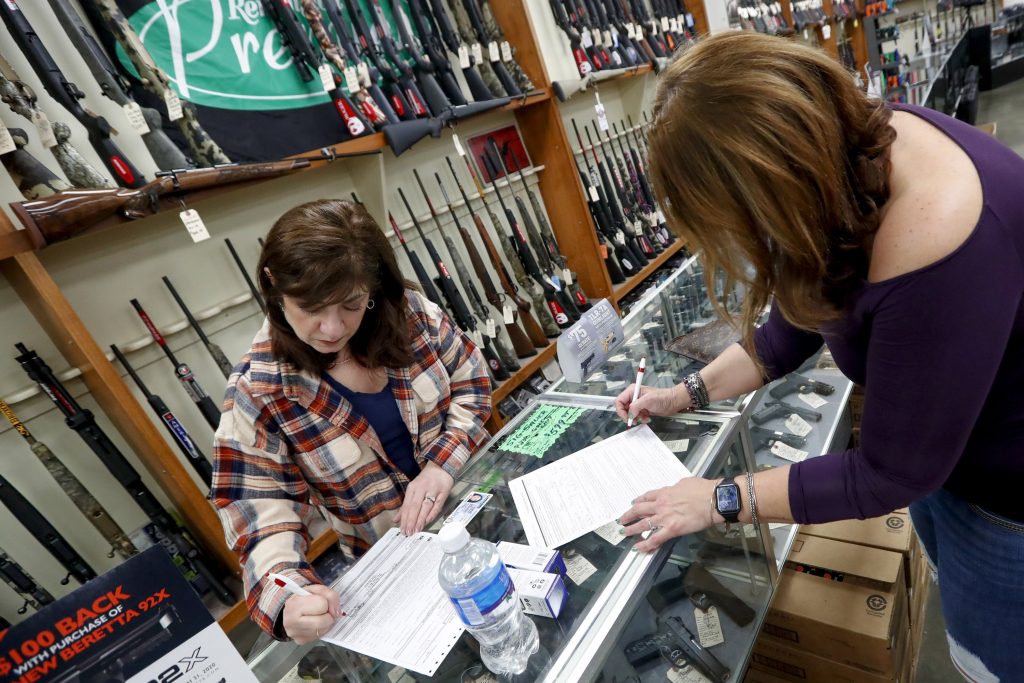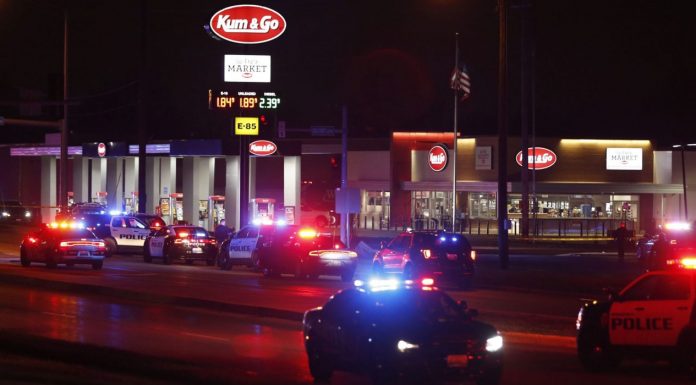(Headline USA) If there’s one silver lining in a year marred by a deadly pandemic, civil unrest, and economic and political turmoil, it’s this: Despite a steady rise in gun ownership, the number of mass shootings that happened in public was the lowest in more than a decade.
Experts who research mass killings claim there are two key reasons for the sharp drop-off:
- Most people avoided going out in public during coronavirus lockdowns, which meant fewer opportunities for slayings in workplaces or schools.
- Americans were so focused on other tragedies that would-be gunmen were less likely to consider carrying out attacks.
A database compiled by The Associated Press, USA Today and Northeastern University that tracks mass killings—defined as four or more dead, not including the shooter—back to 2006 showed just two public mass shootings this year. Both happened before the lockdowns took hold.
The first mass shooting of the year was on Feb. 26, when an employee at a brewery in Milwaukee killed five co-workers before killing himself. The other occurred on March 15, when a man killed four people in Springfield, Missouri, before killing himself.
Since then? Not one.
United We Suffer

James Alan Fox, a criminologist and professor at Northeastern University, said he hopes the lull will help break the cycle of the past few years and help tamp down on mass shootings.
The so-called “contagion effect” suggests that the more we hear about and talk about mass slayings, the more gunmen fixate on carrying out attacks.
At the same time, in the midst of a pandemic that has killed hundreds of thousands of Americans, people who might otherwise feel compelled to wreak such carnage may not feel quite as persecuted or alone in experiencing hardships, he said.
“The thing about mass shooters is they tend to be people who feel that they are the victims of injustice. Well, lots of people now are suffering, not just them,” Fox said.
“It’s hard to say right now that your own plight is unique or unfair,” he continued. “It may not feel good, but there’s certainly reason for it. And it’s not because of something someone’s doing to you. It’s really the pandemic, which is a thing not a person.”
Besides the two public mass shootings this year, the AP/USA Today/Northeastern database tracked 10 family mass slayings, eight of which were shootings.
Three mass killings were carried out in the course of other crimes, and six attacks that happened for unknown reasons.
Of those six, one may end up being classified as a public mass shooting—a Juneteenth block party in Charlotte, North Carolina, that was rocked by gunfire that killed four people.
However, the event was linked in some ways to the ongoing “social-justice” protests and anti-police demonstrations occurring at the time.
Those events—which may also have been super-spreaders for the virus—saw cities vandalized and businesses looted across the country. And indeed, several innocent victims lost their lives due to the ensuing gun violence.
However, none met the criteria to be considered mass shootings.
A Dramatic Drop

The change in the number of public mass shootings is the most stark. In 2019 and 2018, there were nine and 10 such shootings, respectively.
In many ways, it’s surprising to experts given that, over the past year, people spent more time online, sometimes in the dark corners of the internet, and possibly feeling depressed or hopeless. Firearm purchases also reached levels never before seen.
“All of these risk factors are going up, but yet we’re not seeing the mass shootings,” said Jillian Peterson, an associate professor of criminology and criminal justice at Hamline University and a forensic psychologist who previously worked in New York crafting psychological profiles of convicted murderers facing the death penalty.
While the drop-off in high-profile shootings is heartening, experts who track gun violence note that other shootings appear to have risen this year: gang violence, drive-by shootings and other random firearm deaths. Suicides involving a gun appear in line with previous years, according to data compiled by the Gun Violence Archive.
The GVA, which monitors media and police reports to track gun violence, defines mass shootings as those involving four or more people who were shot, regardless of whether they died.
Under that definition, the group’s research shows a spike in shootings, with about 600 so far this year. That’s more than any of the previous six years since the GVA began tracking gun violence.
However, the overall decline in mass killings is “almost a natural experiment for the test of the role of the contagion factor,” said James Densley, a criminologist and professor at Metropolitan State University in Minnesota who studies mass shootings. “At the moment, we’ve got this pause, this break that we’re in, and that has the potential to really stop this cycle.”
If another mass shooting occurs when the nation reopens, “and it becomes a big thing again, there’s a risk that sort of restarts the cycle all over again,” he said.
Adapted from reporting by the Associated Press

